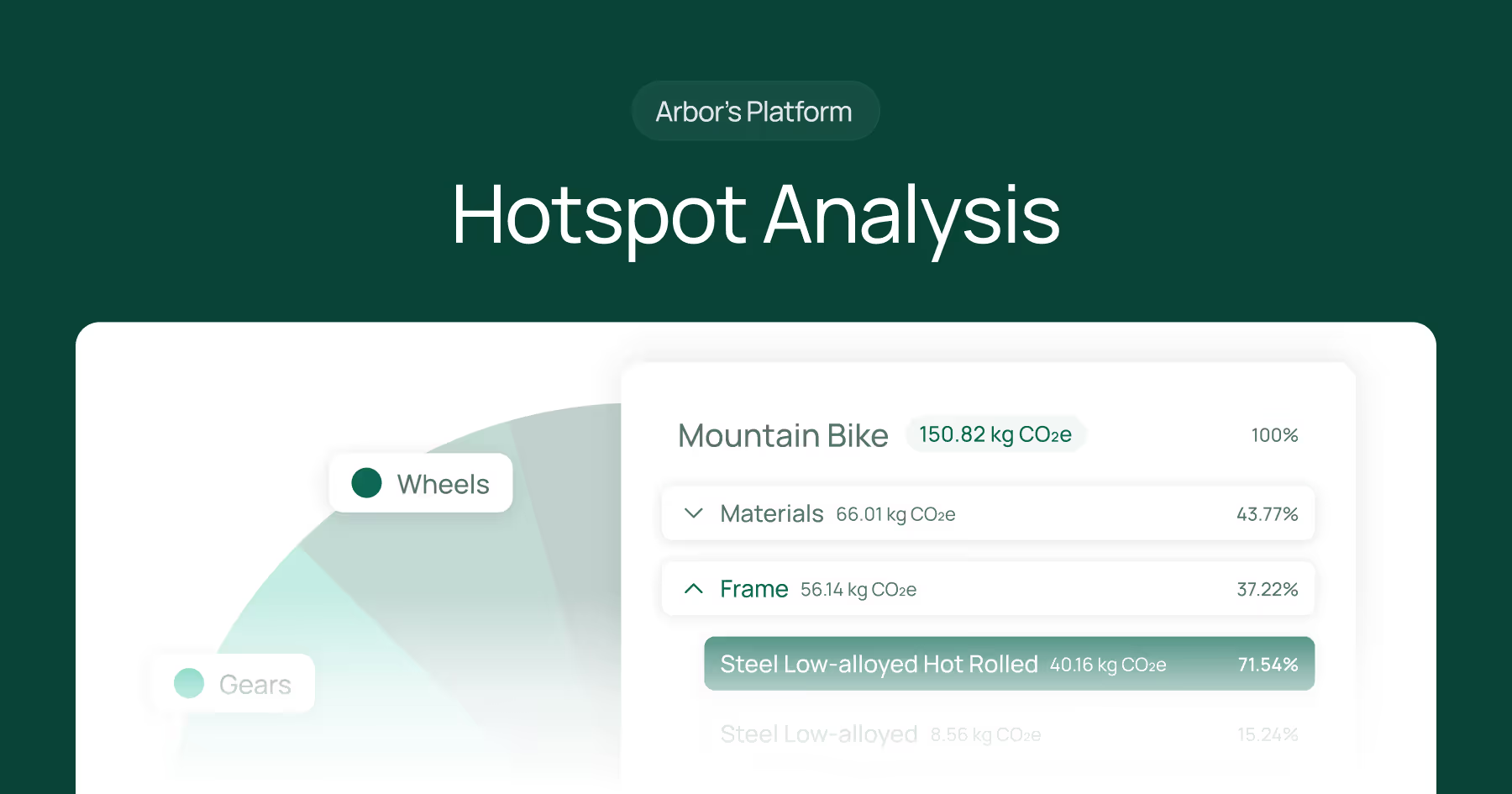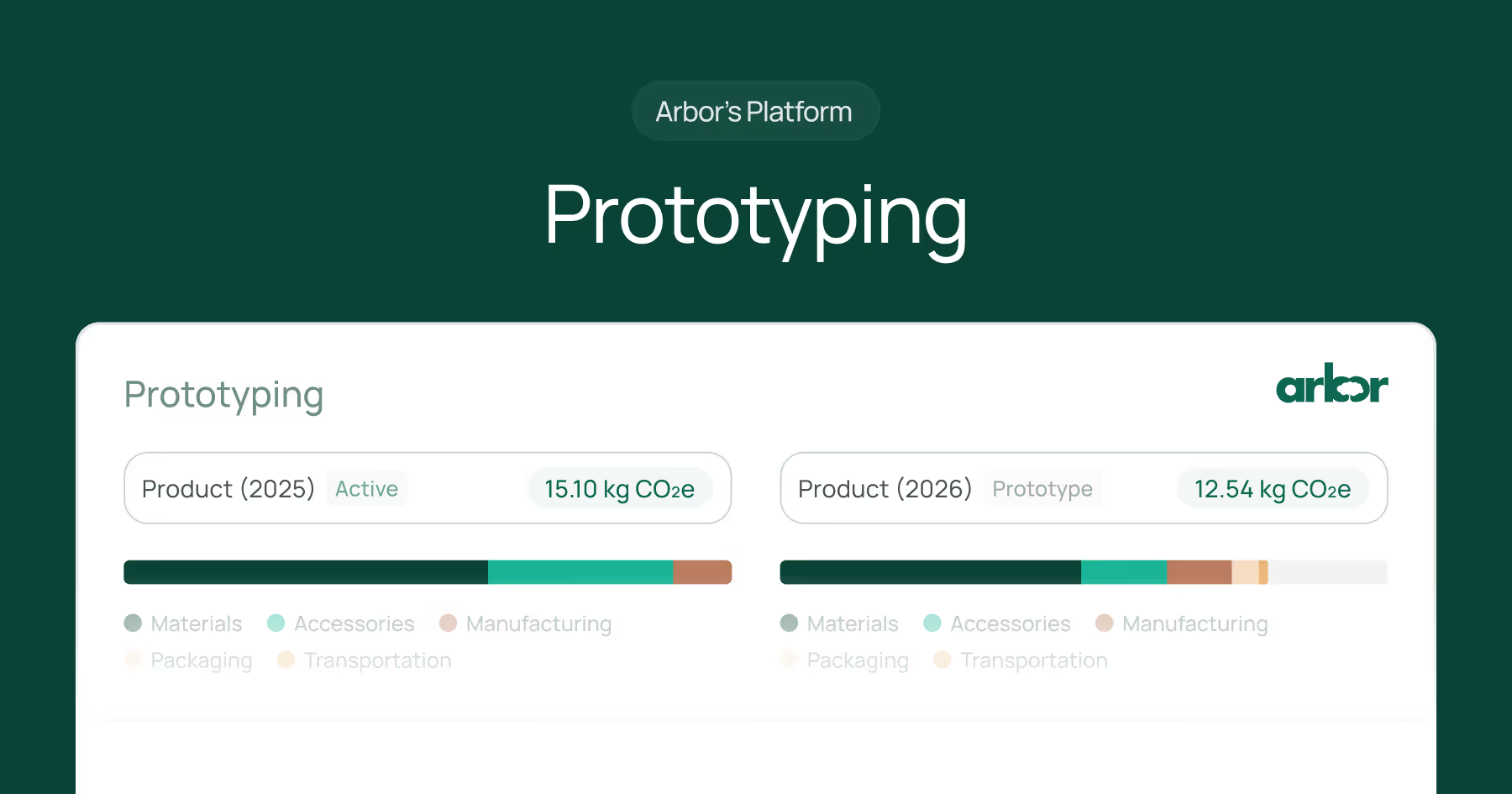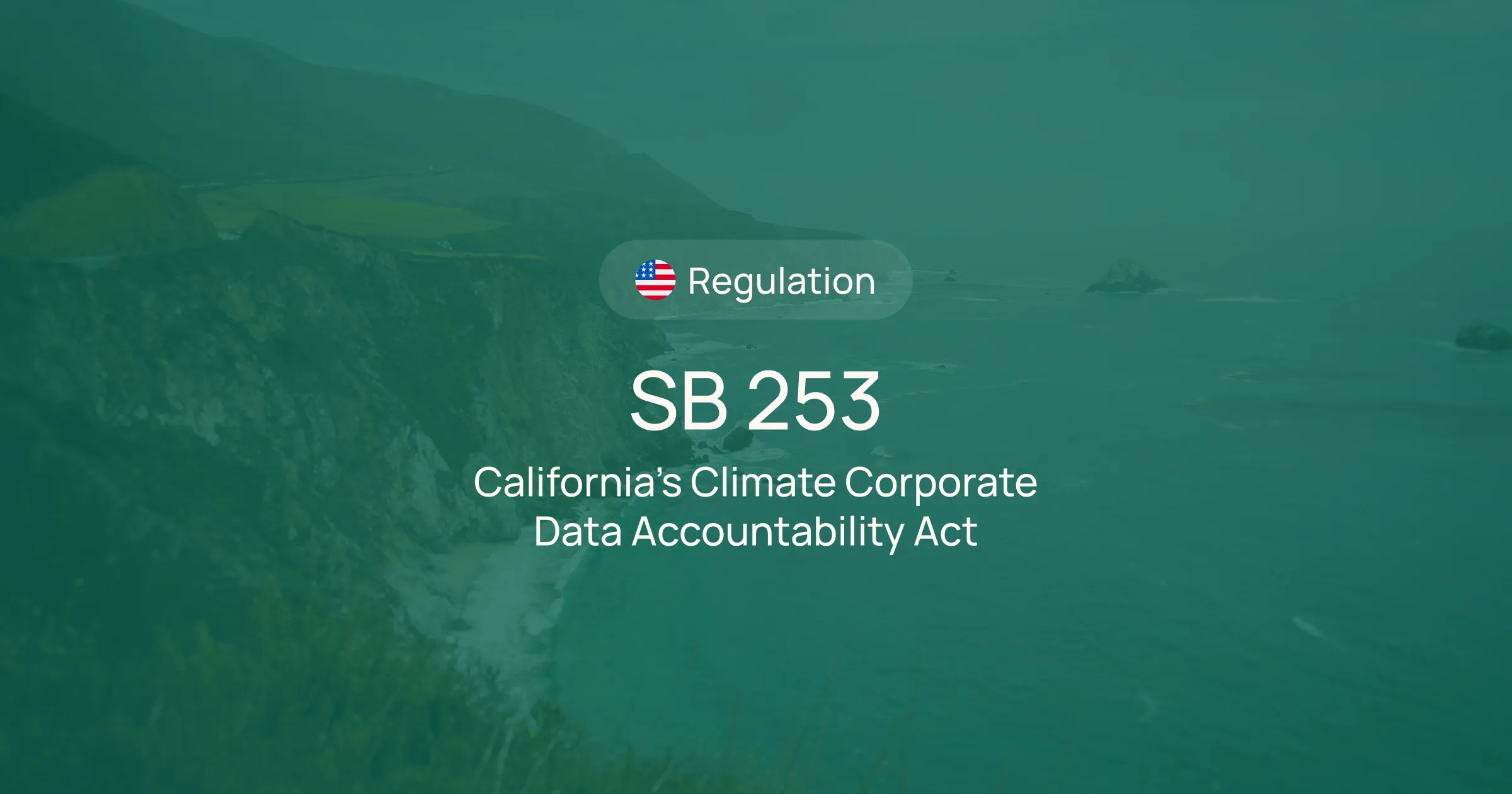Understanding the concept of a spend-based carbon calculation is fundamental to grasping the intricacies of carbon management and sustainability. This term refers to calculating carbon emissions based on the amount of money spent on goods or services. It is a crucial tool in the fight against climate change, as it allows organizations to measure and reduce their carbon footprints with minimal work.
We will dive into the details of spend-based carbon calculations, exploring their origins, how they work, their applications, and their significance in the broader context of carbon management and sustainability. We will also examine some of the challenges and criticisms associated with this method of carbon calculation, as well as potential future developments in the field.
Origins of Spend-based Carbon Calculations
The concept of spend-based carbon calculations emerged from the need to quantify the environmental impact of economic activities. As awareness of climate change grew in the late 20th and early 21st centuries, scientists and policymakers sought ways to measure and reduce greenhouse gas emissions. They recognized that consumption patterns significantly drove these emissions and began to develop methods to calculate the carbon footprint of different goods and services.
Spend-based carbon calculations are rooted in life cycle assessment principles (LCA). This environmental impact assessment method considers all stages of a product's life, from raw material extraction to disposal. By applying these principles to economic activities, researchers could estimate the carbon emissions associated with different spending levels.
Life Cycle Assessment and Carbon Footprinting
Life Cycle Assessment (LCA) is a technique for assessing environmental impacts associated with all the stages of a product's life from cradle to grave (i.e., from raw material extraction through materials processing, manufacture, distribution, use, repair and maintenance, and disposal or recycling). LCA can help identify opportunities to improve environmental performance, inform decision-making, and support marketing claims.
On the other hand, carbon footprinting is a subset of LCA that focuses specifically on greenhouse gas emissions. It measures the total greenhouse gas emissions caused directly and indirectly by a product, individual, organization, or event. Carbon footprints are typically measured in equivalent tons of carbon dioxide (CO₂e), a unit that allows different greenhouse gases to be compared based on their global warming potential.
How Spend-based Carbon Calculations Work
Spend-based carbon calculations offer a pragmatic approach for companies aiming to understand and reduce their environmental impact. This method ties the carbon emissions directly to the economic activities of a company by focusing on the money spent on goods or services.
At the core of spend-based carbon, calculations apply specific carbon emissions factors to various expenditure categories. These emissions factors represent the greenhouse gas (GHG) emissions associated with each stage of a product's life cycle, from the extraction of raw materials to their eventual disposal. In essence, the formula used for calculating spend-based CO₂e (carbon dioxide equivalent) GHG emissions is as follows:
Amount spent on a good or service x Emission factor of the good or service
= Total CO₂e GHG Emissions
To put this into perspective, if a company spends $10,000 on business travel, and the emission factor for business travel is determined to be 0.25 kg CO₂e per dollar spent, the calculation would look like this:
$10,000 x 0.25 kg CO₂e / dollar
= 2,500 kg CO₂e
Thus, the company's expenditure on business travel alone contributes 2,500 kg of carbon dioxide, equivalent to their overall carbon footprint.
Implementing this method necessitates access to a comprehensive and continually updated database of carbon emissions factors for various goods and services. These databases, typically curated by environmental research organizations, are the backbone of spend-based carbon calculation. They provide the detailed, product-specific emissions factors needed to accurately calculate a company’s carbon footprint.
Spend-based carbon calculations empower businesses with the data required to make informed decisions about reducing their ecological impact. By quantifying the carbon emissions tied to their purchases, companies can identify high-emission areas and strategize targeted interventions. Whether modifying procurement practices, selecting lower-emission suppliers, or investing in more sustainable products, the insights garnered from spend-based carbon calculations are invaluable.
Carbon Emissions Factors
Carbon emissions factors are numerical values that represent the average amount of carbon dioxide equivalent (CO₂e) emissions associated with a specific activity or process. These factors are typically expressed in units of CO₂e per unit of activity, such as kilograms of CO₂e per kilowatt-hour of electricity used or per mile driven.
The development of carbon emissions factors involves complex calculations that consider a wide range of variables, including the type of energy used, the process's efficiency, and the carbon content of the raw materials. These factors are then used to estimate the carbon emissions associated with different levels of activity or consumption.
Applications of Spend-based Carbon Calculations
Spend-based carbon calculations are pivotal across various sectors, enabling companies and governmental bodies to align their activities more closely with sustainability goals. This method of calculating greenhouse gas emissions based on monetary expenditure offers a unique lens through which organizations can assess and mitigate their environmental impact. Here are the key applications of spend-based carbon calculations in a business-oriented context:
Strategic Decision-Making for Sustainability
Spend-based carbon calculations offer insights that fuel strategic decisions for companies seeking to adopt more sustainable practices. By quantifying the carbon footprint associated with different spending areas, companies can pinpoint hotspots of high emissions within their operations. This data-driven insight supports the formulation of targeted sustainability strategies, guiding companies in reallocating resources towards lower-carbon alternatives, enhancing energy efficiency, or adopting more sustainable procurement policies.
Enhancing Carbon Reporting and Disclosure
In today's market, transparency around a company's environmental impact is encouraged and increasingly mandated by regulations and consumer demand. Spend-based carbon calculations assist companies in compiling accurate carbon disclosures, providing a clearer picture of their emissions from direct and indirect activities. This level of transparency is crucial for companies looking to bolster their corporate responsibility credentials and comply with emerging regulations around sustainability reporting.
Challenges and Criticisms of Spend-based Carbon Calculations
Spend-based carbon calculations enable companies to measure and strategize to reduce their carbon footprints. However, the approach is not devoid of challenges and criticisms, particularly when applied within a corporate framework. A primary concern resides in the complexity and uncertainty of estimating carbon emissions factors. These factors, grounded in averages and assumptions, might not always encapsulate the specific nuances and operational variances of different corporate activities or processes.
Moreover, the efficacy of spend-based carbon calculations can be influenced by factors outside of a company's control. For instance, the electricity grid's carbon intensity or the availability of low-carbon alternatives in the market can significantly impact the results of these calculations. Such uncertainties challenge companies striving for precise measurement and effectively reducing their carbon footprints.
In addition to these external challenges, a critical critique of spend-based carbon calculations lies in their intrinsic limitation: They typically imply that a company must reduce its spending to reduce emissions. This correlation can lead companies to a precarious position where the only apparent way to lower emissions is to curtail operational or growth investments, potentially stifling development and innovation. This scenario underscores the importance of a nuanced approach to carbon management.
To circumvent this predicament without compromising on operational efficacy or growth, companies must adopt a hybrid or process-based approach. This strategy involves identifying specific emission "hotspots" within the organization's operations and supply chain, allowing for targeted interventions to reduce emissions without cutting down on spending. Such an approach not only preserves the company's growth trajectory but also aligns with broader sustainability objectives by directly addressing the most impactful areas of carbon emissions.
This more sophisticated approach to carbon management acknowledges that spend-based calculations, while useful, may not fully encapsulate the intricacies of a company’s emissions landscape. By integrating spend-based data with insights from process-based assessments, companies can formulate more effective and operationally viable carbon reduction strategies. This shift towards a holistic carbon management framework is essential for companies aiming to achieve true carbon neutrality without hampering their growth and operational integrity.
Understanding these intricacies is crucial for companies aiming to refine their carbon management practices and align with the global march toward sustainability. Acknowledging the limitations of spend-based carbon calculations paves the way for more nuanced, multidimensional approaches to carbon reduction and management.
Complexity and Uncertainty of Carbon Emissions Factors
Developing carbon emissions factors involves complex calculations considering a wide range of variables. These factors are based on averages and assumptions that may not accurately reflect the specific circumstances of a particular activity or process. For example, the carbon emissions factor for electricity use will depend on the mix of energy sources used to generate the electricity, which can vary significantly from one location to another.
The carbon emissions factors for many goods and services are based on life cycle assessments, which can involve significant uncertainty. These assessments require detailed information about the materials and energy used at each product's life cycle stage, which can be difficult to obtain and verify. As a result, the carbon emissions factors used in spend-based carbon calculations may not always be accurate or reliable.
What Are More Accurate & Higher Data Quality Alternatives to Spend-Based Carbon Calculations?
Hybrid Carbon Calculation Method
The Hybrid Carbon Calculation effectively bridges the gap between the overarching nature of spend-based calculations and the intricate precision of Process-based Calculations. This method intricately weaves together data from economic activities and specific processes, furnishing a more nuanced perspective on carbon emissions. By melding these distinct methodologies, Hybrid Carbon Calculation not only surmounts the inherent limitations found within each approach but also advances the fidelity of data quality. This integration ensures that companies can rely on a more accurate and comprehensive portrayal of their carbon footprint, tailored to encapsulate the full spectrum of their emissions.
For example, a retail corporation seeks to refine its approach to sustainability:
Initially, the company applies spend-based calculations to gauge the broader environmental impact of its entire supply chain, from product manufacturing to end-sale. Following this, the company delves deeper with process-based calculations for high-impact areas like logistics and product packaging, meticulously analyzing emissions from transportation modes, packaging materials, and store energy usage.
The corporation achieves a more precise and actionable understanding of its carbon footprint through this blended approach, enabling targeted strategies for significant emissions reduction and sustainability enhancements.
Arbor's platform streamlines the hybrid carbon calculation process for companies, combining initial spend-based analysis with detailed process evaluations for unmatched accuracy in carbon emission data. This comprehensive approach enables businesses to pinpoint and act on specific areas for effective environmental impact reduction. Arbor simplifies the complexities of integrating various data types and overcoming information gaps, fostering standardization, and enhancing companies' sustainability profiles. Partnering with Arbor equips companies with a scalable solution to advance their sustainability goals, ensure regulatory compliance, and lead the industry in environmental responsibility.
Future Developments in Spend-based Carbon Calculations
Despite the challenges and criticisms associated with spend-based carbon calculations, they remain valuable for measuring and reducing carbon footprints. As our understanding of climate change and our ability to measure carbon emissions continue to evolve, these calculations will likely become increasingly accurate and sophisticated.
One area of potential future development is integrating spend-based carbon calculations with other carbon accounting methods, such as production- or consumption-based calculations. This “hybrid calculation” approach could provide a more comprehensive picture of an organization's carbon footprint, considering the carbon emissions associated with spending and those associated with production and consumption activities.
Integration with Other Methods of Carbon Accounting
Several different carbon accounting methods exist, each with its own strengths and weaknesses. Spend-based carbon calculations focus on carbon emissions based on spending but do not consider carbon emissions associated with production or consumption activities. By integrating spend-based calculations with other carbon accounting methods, it may be possible to provide a more comprehensive picture of an organization's carbon footprint.
For example, production-based carbon calculations measure the carbon emissions associated with producing goods and services. In contrast, consumption-based calculations measure the carbon emissions of consuming goods and services. Combining these methods with spend-based calculations may allow one to account for all the carbon emissions associated with an organization's economic activities.
Summary
In conclusion, spend-based carbon calculations are a crucial tool in the fight against climate change. They provide a method for individuals, businesses, and governments to measure and reduce their carbon footprints, driving sustainable consumption patterns and informing policy decisions. While they are not without their challenges and criticisms, ongoing research and development in the field promise to make these calculations increasingly accurate and sophisticated.
As we grapple with climate change, spending-based carbon calculations will become increasingly important in reducing greenhouse gas emissions and transitioning to a sustainable economy. By understanding and applying these calculations, we can all contribute to the fight against climate change and work towards a more sustainable future.
Ready to take the next step in your company's carbon management journey? Arbor's platform empowers executives and project leaders like you to easily make informed, environmentally aware decisions. Our industry-leading accuracy and GRI-certified reporting provide the trustworthy data you need to navigate stakeholder and regulatory pressures. With Arbor, you can calculate, report, gain insights, and confidently showcase your carbon management efforts. Don't let time, budget constraints, or the complexity of carbon calculations hold you back. Talk to our sales team today and discover how Arbor can help you become a sustainability champion in your organization.
Measure your carbon emissions with Arbor
Simple, easy carbon accounting.





.webp)











%20Arbor.avif)





%20Arbor.avif)


.avif)






%20Arbor%20Canada.avif)

.avif)
%20Arbor.avif)
.avif)






_.avif)
.avif)
%20Arbor.avif)




%20Software%20and%20Tools.avif)





.avif)
.avif)




%20EU%20Regulation.avif)












.avif)


%20Arbor.avif)








_%20_%20Carbon%20101.avif)







.avif)

.avif)
.avif)



.avif)








